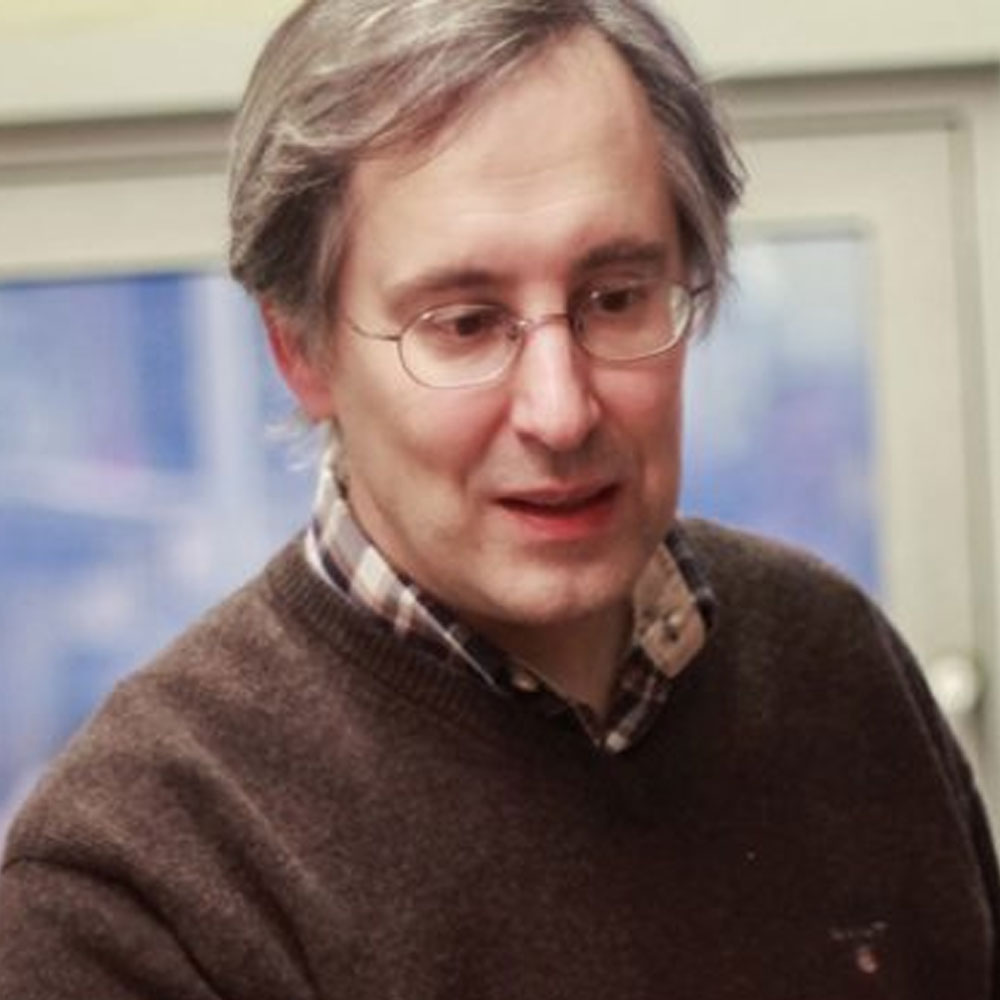Presentation Title: Given a North to the Energy Decarbonization
Abstract
After 4500 million years running an optimization algorithm, nature chose to produce hydrogen from the water splitting – photosynthesis – but not to store it or use it as such; Nature chose to produce and transform hydrogen into energy-carrying biomolecules and into biomolecules used to build biological structures. Hydrogen, under ambient conditions, has a low energy density and must be compressed or liquefied to be used as an energy vector, that is, as a substrate for energy transport and storage. At 700 bar, hydrogen exhibits an energy density of 1.3 kWh L-1, and the compression process requires the equivalent ca. 13 % of the energy of compressed hydrogen (thermodynamic energy is 6.7 %, assuming isothermal compression, and 10.5 % for adiabatic compression); Liquefied hydrogen has an energy density of 2.3 kWh L-1, and the liquefaction process requires the equivalent of 36 % of the energy of liquefied hydrogen. Hydrogen is then a bad energy vector! but a very relevant intermediate reagent. Hydrogen should be produced are consumed locally, like Nature realized millions of years ago. The reaction of methane splitting is:
CH4 ⇌ C (s) + 2H2, ∆H0 = 75.3 kJ/mol
and produces decarbonized hydrogen and carbon. The intermediate temperature catalytic methane splitting (IT-CMS) is probably the most efficient and low-cost process to conduct this reaction. It produces metal-free graphitic carbon nanofilaments – market of ca. 600 Mt y-1 at ≥1 € kg-1 [1], and hydrogen; if NG is used as feedstock, produces decarbonized hydrogen and high value metal-free carbon particles with defined particle size; if biomethane is used as feedstock, produces decarbonized hydrogen, high value renewable metal-free carbon particles and CO2 permits. The estimated cost for hydrogen is 2 € kg-1 if produced from NG (main assumptions are: NG at 30 € MWh, green electricity at 70 € MWh-1, CO2 permits at 70 € kg-1, graphitic carbon at 1 € kg-1) and is <<2 € kg-1 if produced from biomethane (main assumptions are: biomethane at 62 € MWh, CO2 permits at 70 € kg-1, graphitic carbon at >1 € kg-1). If hydrogen steam methane reforming (SMR) is replaced by the IT-CMS technology, the world would save 410 Mt y-1 of CO2 emissions and 32 000 M€ y-1 (main assumptions: world’s hydrogen production by SMR of 45.6 Mt y-1 and present hydrogen production cost, including the required paying the CO2 permits, is 2.7 € kg-1) and if the entire world’s hydrogen production becomes by IT-CMS, the CO2 emission savings would be ca. 1.2 Gt y-1 (ca. 3.3 % of the anthropogenic CO2 emissions). The present talk is about this fascinating new technology and when it is expected to be implemented. Also, it will present and discuss two energy cycles, one based on the direct CO2 hydrogenation to methanol (load), using recycled and renewable CO2, followed by oxy-combustion (unload) – CO2 as hydrogen carrier, and the second based on the hydrogenation of carbon (load) to methane and the corresponding methane splitting (unload) – carbon as hydrogen carrier. The first energy cycle has a thermodynamic round-trip-efficiency of 93 % while the second of 92 %. New and emerging technologies required for these two cycles will be presented and discussed, namely a new membrane process able to produce oxygen enriched air at 98 % for ca. 25 € t-1.
[1] https://www.energy.gov/sites/default/files/2021-09/h2-shot-summit-panel2-methane-pyrolysis.pdf
Biographical Sketch
Professor Adélio Mendes (born 1964) received his PhD degree from the University of Porto in 1993. Currently is full professor at the Chemical Engineering Department of the Faculty of Engineering – University of Porto.
Coordinates a large research team with research interests mainly in photovoltaic cells, photoelectrochemical cells, electroreduction of CO2, batteries, electrolysis, methane splitting, green methanol, adsorption-based separation processes and carbon molecular sieve membranes. Professor Mendes authored or co-authored more than 460 articles in peer-reviewed international journals, filled more than 35 families of patents, and authored a textbook; he was the recipient of an Advanced Research Grant from the ERC on dye-sensitized solar cells for building integrated of ca. 2 M€, in 2013, led/leads several EU projects, namely two from the Future and Emerging Technologies program (FET); leads a large project on Green-Methanol of ca. 7 M€. 10 start-up companies co-owned by former or present researchers from his research team were created from his research activities.


